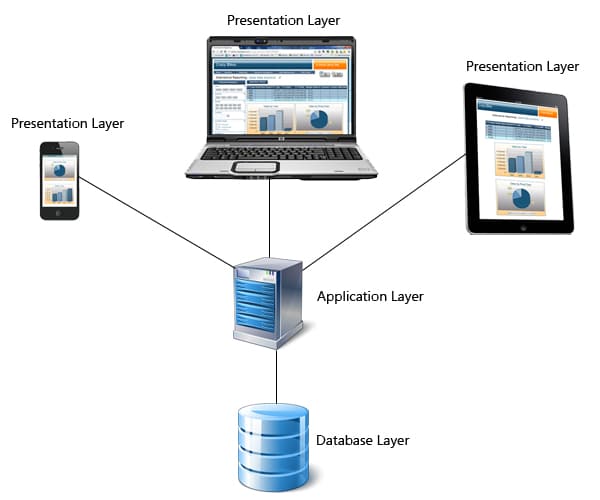 What’s the most important tech trend going into 2013? Some say mobile. Others say cloud computing. There’s also lots of buzz surrounding areas like BYOD, consumerization, shadow IT, and business analytics.
What’s the most important tech trend going into 2013? Some say mobile. Others say cloud computing. There’s also lots of buzz surrounding areas like BYOD, consumerization, shadow IT, and business analytics.
They’re all wrong. There’s one trend that’s more important than all of those trends combined, yet is widely ignored. It’s a trend that determines a company’s ability to take advantage of many of those new “hot trends” (mobile, cloud computing. etc…) that everyone is talking about.
What is that trend? This important, yet widely ignored trend is the shift towards modern application architecture. Yes, I know it sounds boring. Who wants to talk about architecture when they can talk about exciting trends like mobile apps, cloud computing, and analytics? You might…once you see what good architecture lets you accomplish.
What’s driving this trend? Companies are slowly realizing that their outdated application architecture is holding them back. They’re realizing that without modern architecture, they’re not even ready to think about the other new trends of the day.
So, the big questions are: How does outdated architecture hold you back from new trends? How does modern application architecture help your company adapt to current trends? To answer these questions, let’s take a look at the impact application architecture has on a few of the current tech trends.
Mobile apps
With outdated architecture: While technically possible, building mobile apps over outdated architecture will create more problems than solutions. Specifically, integrating mobile applications with outdated architecture is often impossible, leaving you with two separate systems that don’t communicate with each other.
As you might imagine, this causes all sorts of problems. For instance, since there’s no integration, you’re stuck manually transferring data between systems. This wastes time, leads to data entry errors, and leaves you with mobile apps that don’t operate in real-time…which sort of defeats the purpose of a mobile app in the first place.
With modern architecture: Modern application architecture lets you build mobile applications that integrate completely with your system. Going one step further, it even lets you build web applications that look and feel native on any device. How can one application look different, yet native, on tablets, smartphones, and PCs? It’s all in the architecture.
The image below illustrates how one web application built on modern, n-Tier architecture can look different on each device:

Cloud Computing
With outdated architecture: Outdated architecture usually ties the application to one database or platform. If you want to move those outdated applications to a cloud server, you’re probably out of luck.
With modern architecture: Applications built on modern architecture aren’t tied down to any database or platform, so they don’t lock you down or limit your options. You can deploy them to the cloud, move them back in house, or even switch to a new cloud host.
Even if your company has no plans for cloud computing right now, who knows what the future holds? Wouldn’t you prefer application architecture that gives your company flexibility?
Business Intelligence
With outdated architecture: As mentioned in this post, business intelligence applications often go unused because they aren’t a part of the user’s daily routine. The problem is, embedding BI apps into the user’s applications is often impossible due to the integration issues present in outdated architecture.
With modern architecture: Modern architecture lets you embed BI apps almost anywhere. You can place graphs, charts, and dashboards in frequently-used applications, or even on the user’s desktop itself. When you bring BI to the users in this way, the chances of BI failure are significantly reduced.
Wrap up
While most analysts and businesses focus on the hot trends like mobile and cloud computing, the need for modern architecture is largely ignored. However, without modern architecture, many of these new “hot” trends aren’t even possible.
My advice: Address the architecture first, and then focus on the other trends. Now, this doesn’t necessarily call for complete architecture replacement. Many companies simply can’t afford to take such drastic measures. Fortunately, these companies can extend and surround their existing software and systems with web-based applications built on modern architecture, as described in this article.
Need help with your architecture?
Is your company’s bad or outdated application architecture keeping you from moving forward? We’d love to help! Our web application development platform, m-Power, takes an architecture-first approach to application development. It leaves you with web applications built on modern architecture that let your business adapt to new trends. To try m-Power for yourself, you can sign up for a free 30-day trial.
You happen to be very bright individual!
This post is absolutely on point!